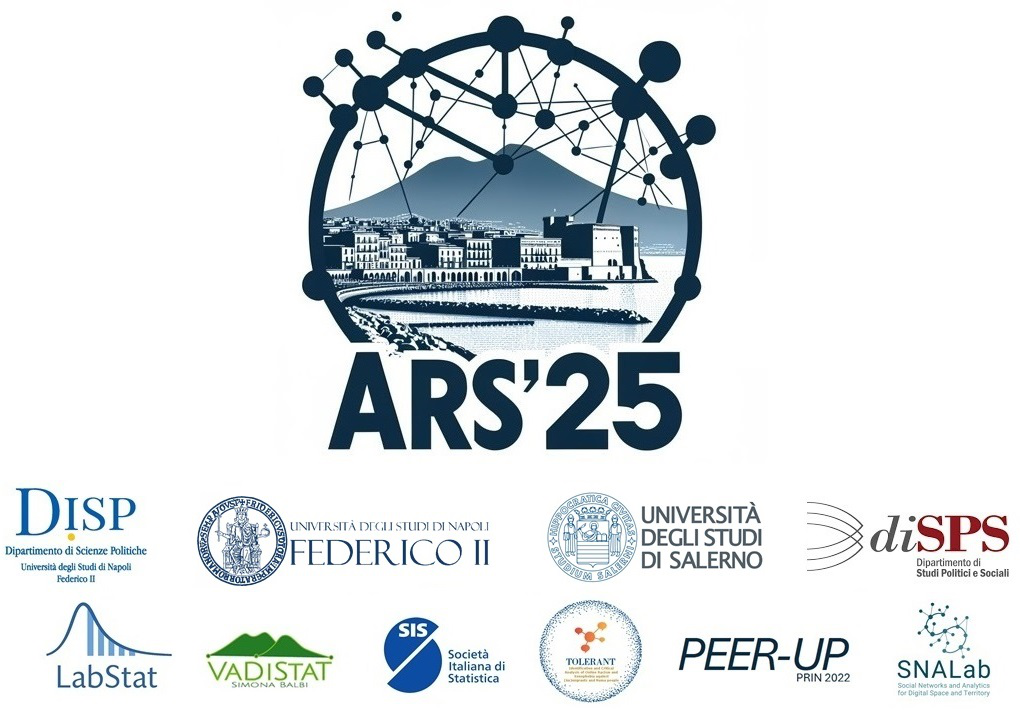Speaker
Description
Understanding whether and how different patterns of social media (SM) use relate to different users’ wellbeing outcomes has become an urgent academic and public-health issue. This is especially relevant now, as many countries are evaluating and implementing school smartphone bans and age-related restrictions aimed at reducing potentially harmful effects of digital technologies on youngers’ mental health.
While representing a rapid response to growing public concerns, the complexity of the phenomenon must not be overlooked. User-specific online behaviours, gender differences, developmental and contextual factors, and the role of socialization agents (e.g., parents, educators, peers) are crucial in shaping adolescents’ experience with digital technologies.
In this setting, the adoption of data-driven methods allowing to either uncover subgroups of users with similar patterns of online behaviours while simultaneously modelling data dependence structure can contribute to either advance academic research providing insights for the development of concrete intervention strategies.
To this end, we develop and administer a survey to 1155 students aged 12 to 21 years (M = 15.62) from middle and high schools in Lombardy aimed at assessing social, psychological and behavioral dimensions related to SM use.
Data were analyzed in two stages: (i) at first we applied a Graphical Mixture Model (GMM)-based clustering approach identifying latent homogeneous subgroups of users with distinct network structures; then (ii) we estimated Bayesian Networks to explore interrelationships among SM use indicators and the cluster membership derived in the first stage, performing also “what-if” analysis.
A four-cluster solution emerged as best, with clusters displaying peculiar patterns of online self-image management, psychological well-being, and perceived social support.
Going beyond overly simplistic positive/negative dichotomy, holistic statistical approaches are needed to integrate data related to different domain allowing to identify strategies that enhance adolescents’ awareness of digital tools thus promoting more adaptive online behaviors.
Keywords/Topics
Bayesian networks
Digital well-being
Graphical Models
Model-Based Clustering
Selfie behaviour
Social media use

